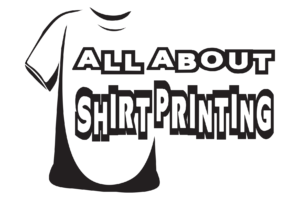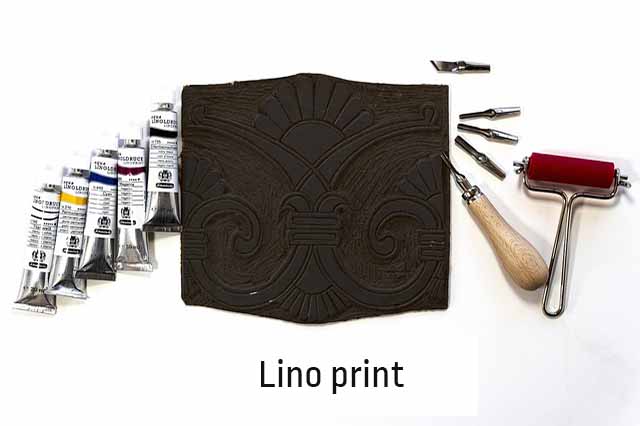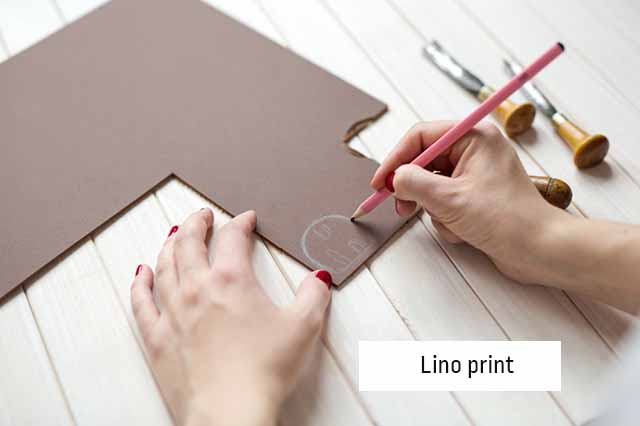Lino printing is one of the oldest and most common printing methods that exist. In the article we will learn about the history of lino prints and how they are made.
Lino printing is an ancient form of printing that has been used for centuries to create prints, patterns and artwork. It uses wood or linoleum blocks as well as boards, which are then inked and stamped onto paper or fabric to produce a printed image. The process includes carving the desired image into the block or plate and painting with a roller that is pressed onto the paper or fabric.
The history of lino prints
The origins of lino printing lie in Europe during the 1700s, when this form of printing was first developed. The method was quickly adopted by artists who wanted to create multiple images without repeating their drawings each time. By using this method, they were able to save time and still produce high quality prints.
One of the most popular early applications of lino printing was political cartoons. During this period, political cartoonists used lino printing to produce multiple copies of their work quickly and cheaply. This allowed them to share their message with a large audience without incurring large production costs associated with traditional methods such as woodcuts and engravings.
Preparation process of lino prints
In order for an artist to produce a successful lino print, there are several necessary steps that must be taken: choosing a suitable block material or plate such as wood, linoleum or metal; Transferring the design to the block or plate; cutting out the areas where ink should not appear; ink and finally pressing on paper or fabric with a roller.
Wood blocks have traditionally been used for lino printing because they offer more durability than other materials such as linoleum, which can be prone to cracking over time due to its soft nature. Wood blocks also provide more stability when cutting, therefore allowing for sharper lines and deeper detail within the prints than other materials might facilitate.
After transferring the design to the block or plate, it can be cut at different depths according to the amount of detail desired in each area of the printing surface – from shallow cuts that will require less ink, which will yield lighter tones, to any deeper cuts that will require more ink and as a result darker tones. This technique provides a great deal of control over the tonality within an image – allowing artists more flexibility when creating their prints compared to traditional methods such as woodcuts which only allow one layer of relief per block/plate, meaning tonal variation must be achieved through mixed media techniques such as watercolor etc. .
The next step involves inking the block or plate using oil-based or water-based ink, depending on which type you’re working with (oil-based usually works better on wood blocks while water-based is ideal for linoleum). Again this step requires careful attention so you don’t end up with spots and stains all over your design! After ensuring even coverage in all areas, it’s important that you clean off any excess ink so it doesn’t transfer to your paper/fabric when you press later – otherwise you’ll end up with fuzzy details instead of crisp!
Finally comes the pressing – this is by far one of the most important parts as it will determine how good your print looks when finished! When pressing lino prints you will need something heavy enough (usually between 200-400g) but not too heavy, otherwise it may damage whatever surface you are printing on (paper/fabric). You’ll also want to ensure even pressure so that all areas print properly – this is where a roller comes in! Rollers help distribute pressure evenly across larger surfaces such as paper/fabric while preventing potential smears that can occur if done by hand!
Conclusion
In conclusion, lino printing is an incredibly versatile printing method that has been used since its inception in European countries during the 1700’s until today, due to its ease of use combined with its ability to produce high quality prints relatively quickly without high production. Costs associated with other methods such as woodcuts and engravings. From delicate detailed designs through bold abstract patterns that fit perfectly into many modern art movements – there really is no limit when it comes to creating something truly unique from nothing but your skill and imagination!


